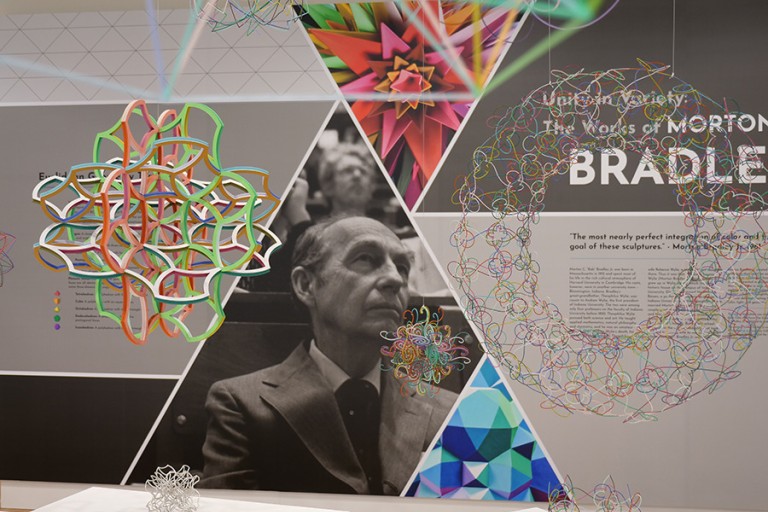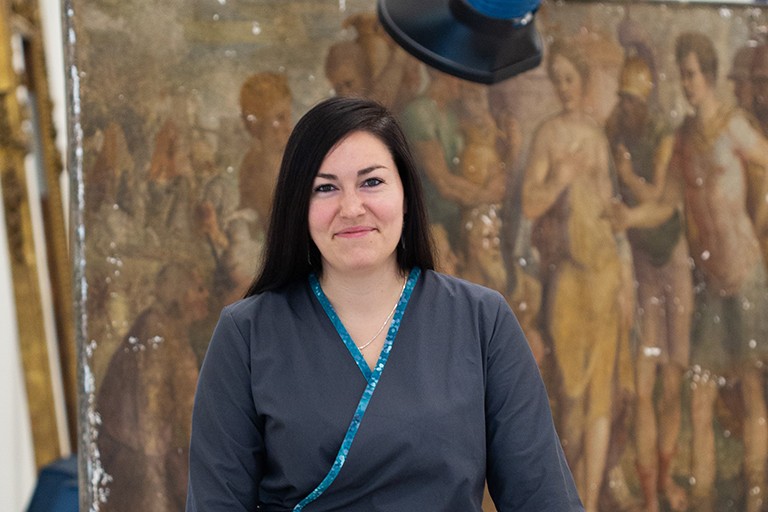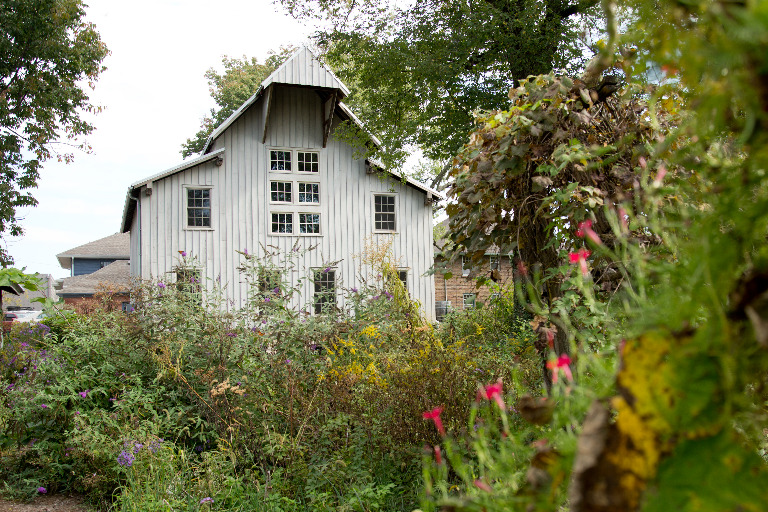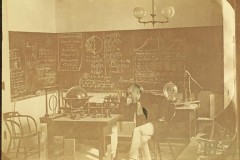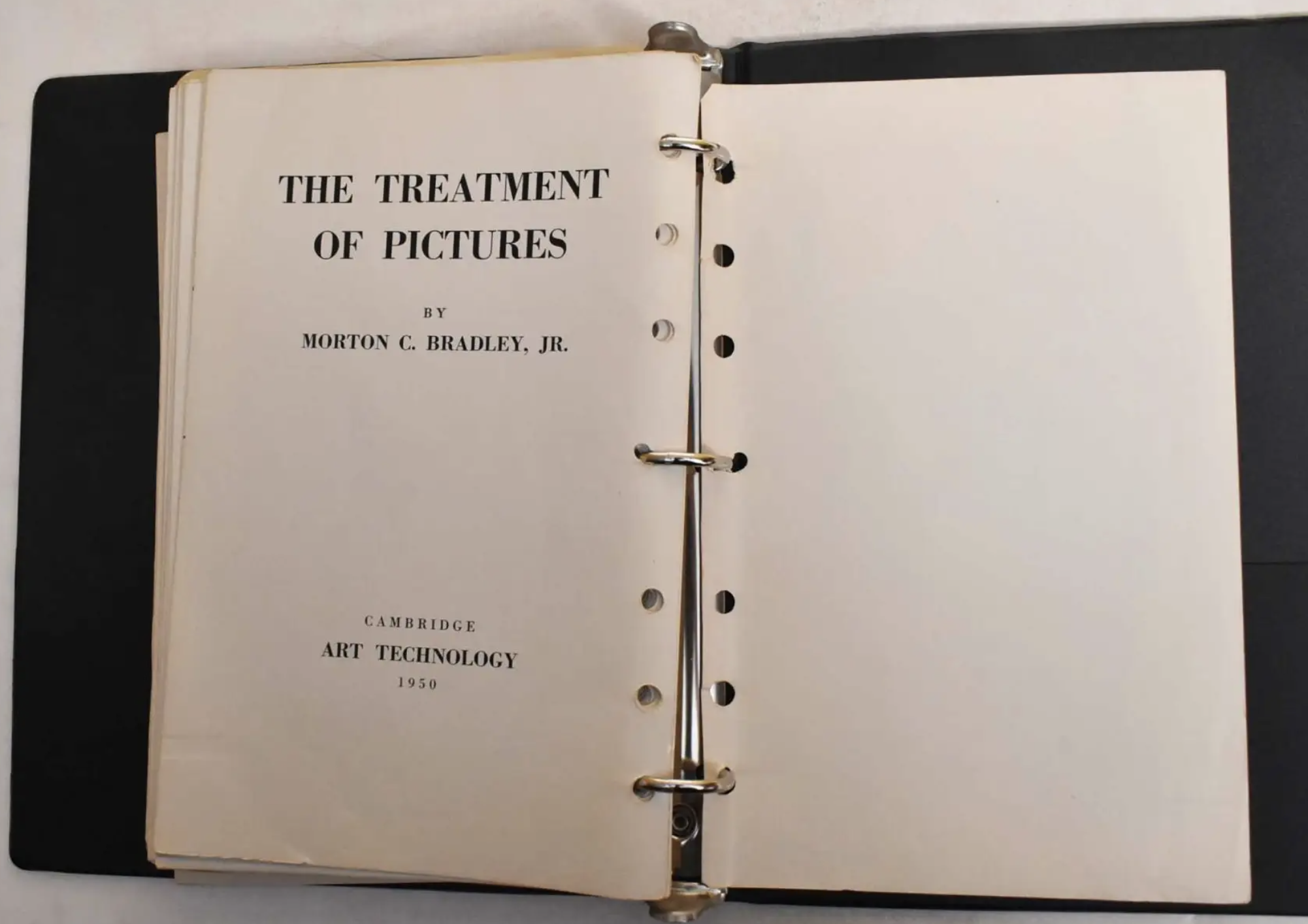
This article was written by Guest Journalist Barb Berggoetz and published online by IU Libraries Communications.
Morton C. Bradley Jr., a sculptural artist, art collector, and pioneering conservator, has a unique family connection to IU’s early history. Evidence of that link is sprinkled throughout the Bloomington campus and the Wylie House Museum.
Bradley, great-grandson of IU interim president and professor Theophilus Wylie, left Indiana University his entire estate, including his family’s heirlooms, and his art collection and sculptures. “He was really an interesting person. IU and Wylie House are exceedingly fortunate to benefit from his contributions,” said Carey Champion, Wylie House Museum director.
In honor of his contributions to the art community, IU Libraries is co-hosting a two-part event in February, in collaboration with University Collections.
On February 15, two IU professors in math and color design will highlight the geometric structures in Bradley’s metal sculptures, currently on exhibit at University Collections at McCalla School and other campus locations, such as the Wylie House Museum Morton C. Bradley Jr. Education Center.
A public talk on February 29, given by Julie Ribits, who is the Beverly and Gayl W. Doster Paintings Conservator at the Eskenazi Museum of Art, will describe Bradley’s significant influence on the science of conserving artwork and how it impacts current IU conservation work. His 1950 book The Treatment of Pictures (pictured above) is still considered an important reference work in the field of art conservation. Download the full text of The Treatment of Pictures from the HathiTrust, or physically turn its pages in the Lilly Library Reading Room.

